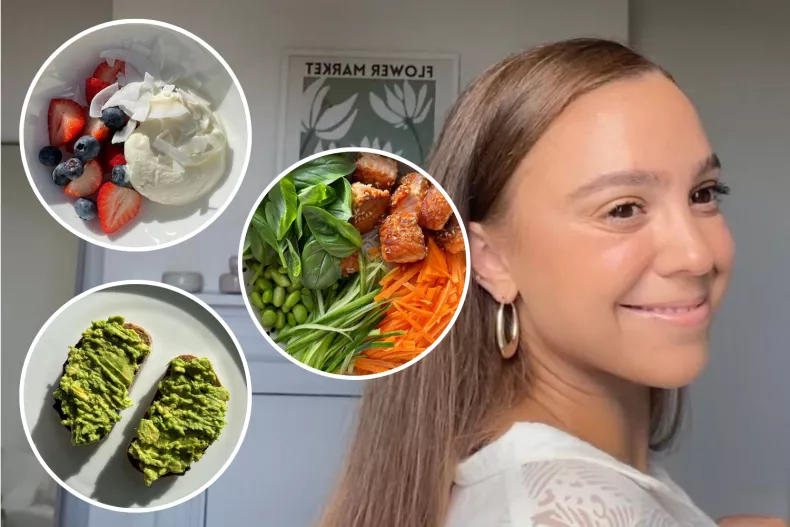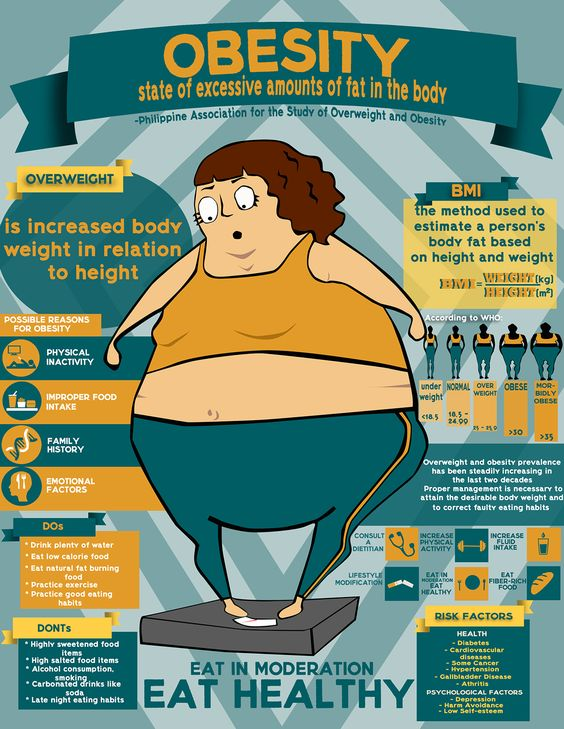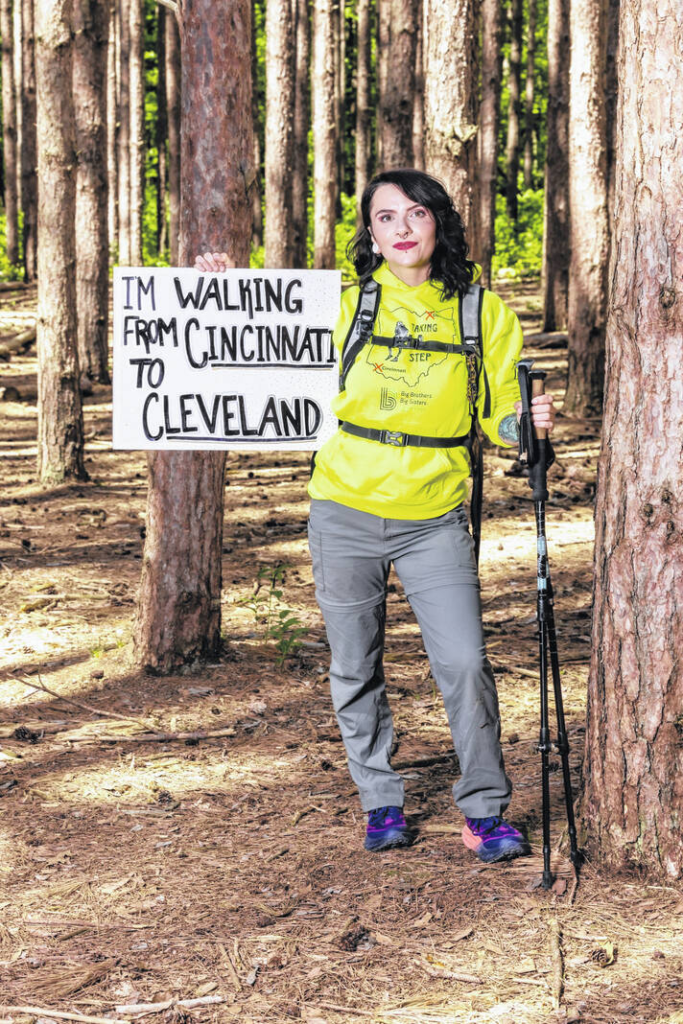
In Philly, union members say they don’t care about Biden’s age:
‘I never heard someone who is Catholic say the pope is too old’ (msn.com)
BUT THE POPE DOESN”T HAVE DEMENTIA!!!

It would seem so. The economic disaster and crime at an all-time high due to the
last three years have been about decriminalization. It’s not about loving FAILURE.
Biden and Bernie’s 110-page Communist Manifesto!
It’s about bringing America down. Ensuring CITIZENS OBEDIENCE!
Haven’t you heard of” “Wannabe dictator speaks at the White House after
having his political rival arrested.”? Listening, watching Biden’s Admin,
Biden is acting as full-blown DICTATOR!
But No. Democrats love power so much they will keep you eating their candy

I just don’t understand their logic.
As long as they are getting what they want and get all the free stuff they can have, yes. When blacks, some whites, foreigners and illegals are living in and driving cars I can’t afford, they NEVER will get a job, then that’s a problem.
The Dems Are TELLING ABSOLUTE LIES!
Under President Biden

 they say he has the lowest unemployment in decades
they say he has the lowest unemployment in decades  highest stock market EVER
highest stock market EVER  inflation declining for 11 months straight (worldwide inflation was caused by Covid and resultant supply chain lapses)
inflation declining for 11 months straight (worldwide inflation was caused by Covid and resultant supply chain lapses)  Infrastructure underway
Infrastructure underway  Micro-Chips Act.
Micro-Chips Act. Now to Mention his Inflation Reduction Act Works.

If you’re not in their circle of crooks & pagan bigots, then they seek to make your life hell.
They love failing Non necrotic citizens who are delusional and brainwashed.
Joe Biden Tries to Grope Eva Longoria, Star Actress Recoils in Terror
President Joe Biden Accused of Trying to Grope Eva Longoria
After Joking About Knowing Her Since She Was 17 Years Old (msn.com)
President Joe Biden made a cringeworthy joke as he told an audience at the White House Thursday night that he’d known actress and director Eva Longoria for ‘a long time.’ ‘She was 17, I was 40,’ the 80-year-old commander-in-chief said about the 48-year-old actress, receiving laughs from members of the crowd. The president held Longoria’s hand and the hand of his wife, first lady Jill Biden , as the trio walked out onto the South Lawn to give introductory remarks at a screening of Longoria’s new film, Flamin’ Hot – her directorial debut.
If Democrats still Vote Biden:
If they do, they’re even more stupid than I thought. How can anyone be satisfied with this corrupt administration? The only people who could vote for Biden now have no soul, no heart, no conscience, & full of hate…
There is money to be made in thriving and declining economies, which is why you see constant political battles to control the economy. Dems tend to do better in declining economies, via shorting the market and predatory lending practices.
The GOP does better in booming economies.
The Democrats ‘Secret Plan’ to Make Kamala Harris President (msn.com)
They Democrats LOVE POWER AND THEY WILL DO WHATEVER IT TAKES TO
KEEP IT! AND They ALL KNOW Joe Biden is a TREASONOUS TRAITOR AND THE Biden CRIME FAMILY HAS SOLD AMERICA OUT TO CHINA!! In My opinion they
know if Trump gets back in office they will go to prison! Maybe?
The democrat politicians want to rein over a poor country so that they can control it. Obama is destroying the US on purpose. He said “maybe America needs to be knocked down a few pegs” and the day after he cheated his way into office the party is over folks and when he left office at Andrews Air Force Base, he was through milking this gig.
Nothing Good Happens After Midnight in my opinion.
Also, James Clyburn is the leader of the pack a big dog/wolf with glowing yellow eyes,
and will only show up on your lot at night.

Vice President Biden Eulogizes Senator Byrd | C-SPAN.org
If you knowAmerican History through Truman… you have learned these times
are planned destruction of America under this Biden & Gestapo Regime… if successful. See Eisenhower’s last speech in office & JFK’s Lost ‘last’ speech recreated they told & Warned us then. About the Military Industrial Complex & Secret Societies. It’s troubling and you will find it’s true. That’s their plan to destroy America beginning with O’Bummer and continuing into his third term through his puppet pedojoe.
President Dwight D. Eisenhower’s Farewell Address (1961) | National Archives
At this point, I believe the High jacking of this Great Nation 2020 was a travesty!
The Liberal’s plight is to destroy the U.S. and We the People in it. Why?
FOR THE SAKE 0F POWER! That is the most important thing. Not you and Not me! We are dirt under their feet! They are continually exhibiting their hate for our Constitutional Republic by renaming it a democracy.
A democracy should be defined as a wolf and sheep arguing what’s for dinner.
If something isn’t done quickly, we are doomed. It’s really unbelievable how uninformed the Democrats really are on the topics. AND totally brainwashed by MSM’s programmed talking points. So many say show the proof, and I’m like watch the damn congressional meetings yourself! They need to do something to stay informed besides watching MSM!
This WORTHLESS POS IS THE WORSE POS IN AMERICAN HISTORY

Obama suggests ‘digital fingerprints’ to counter misinformation
‘so we know what’s true and what’s not true’ (msn.com)
Mass Shootings Began Its Spike in 2012 – Search (bing.com)
Half Of America’s Safest Cities Are In Constitutional Carry States –
Bearing Arms… Joe Biden leaves Americans confused:
As he bizarrely ends speech in Connecticut by declaring ‘God save the Queen’ (msn.com)
Vermont, New Hampshire, Maine, and Arizona are all Constitutional carry states, while the gun laws in Texas, Virginia, and North Carolina are all fairly robust in terms of Second Amendment protections. Columbia, Maryland is the one city in the Top Ten Safest Cities that’s located in a state with restrictive gun control laws, and those laws don’t seem to be doing much to keep residents in Maryland’s largest city safe. Baltimore, Maryland is way down towards the bottom of WalletHub’s list of safest cities, coming in 155th out 182 metropolitan areas.
If gun control alone were enough to reduce violent crime,
then cities like San Bernardino (ranked 180th out of 182), Los Angeles, (172), Oakland (165), and Washington, D.C. (160) would be among the safest places in the country instead of coming in towards the bottom of the rankings. In fact, it’s worth noting that California has the “best” gun control laws in the country according to groups like Giffords and Brady, but it’s also home to some of the most dangerous cities in the United States.
California’s ten day waiting periods, bans on so-called assault weapons and high capacity magazines, prohibitions on online and out-of-state sales of ammunition, background checks on in-person ammo sales, microstamping requirements, and the other onerous restrictions on the right to keep and bear arms may make gun control activists happy,
but they don’t do much to keep people safe.
Conversely, some of the safest cities in the country don’t have any California-style gun laws in place. That should be enough evidence to put to rest forever the absurd assertion that more gun laws equal less crime, but you and I both know that the gun control movement is going to keep repeating the lie that we can ban our way to safety. It’s going to be up to Second Amendment activists to keep making the case that not only are these gun control laws unconstitutional, but they’re ineffective as well; promising security at the expense of our rights, but instead making us both less safe and less free.
Joe Biden Remark at Gun-Control Forum Confuses Some Viewers (msn.com)

President Joe Biden was delivering a speech related to the first anniversary of the federal gun-safety bill when he left some viewers confused by his closing remark. At the end of his speech, the president said, “Alright, God save the queen, man.” before leaving the stage.
Let’s Ban Automobiles: Motor vehicle fatality rate in U.S. by year – Wikipedia
Biden calls for a ‘new Congress’ if this one refuses to stop gun violence (msn.com)
Life’s Harsh Realities: 12 Eye-Opening Truths That Everyone Must Face (msn.com)
Elise Stefanik: This is the biggest political corruption scandal of my lifetime (msn.com)
7% of the US is LGBTQ+ 63% of the US is Christian 82% of the US believes in GOD.
Obama wants to keep racial resentment going (msn.com)
Joe Biden Is Really Starting to Scare Everyone (msn.com)
So why is one of these okay… But the other isn’t?


 probably a lot of TMI but hopefully this helps someone
probably a lot of TMI but hopefully this helps someone 








 Healthy Living Tips
Healthy Living Tips











 on Instagram: “
on Instagram: “